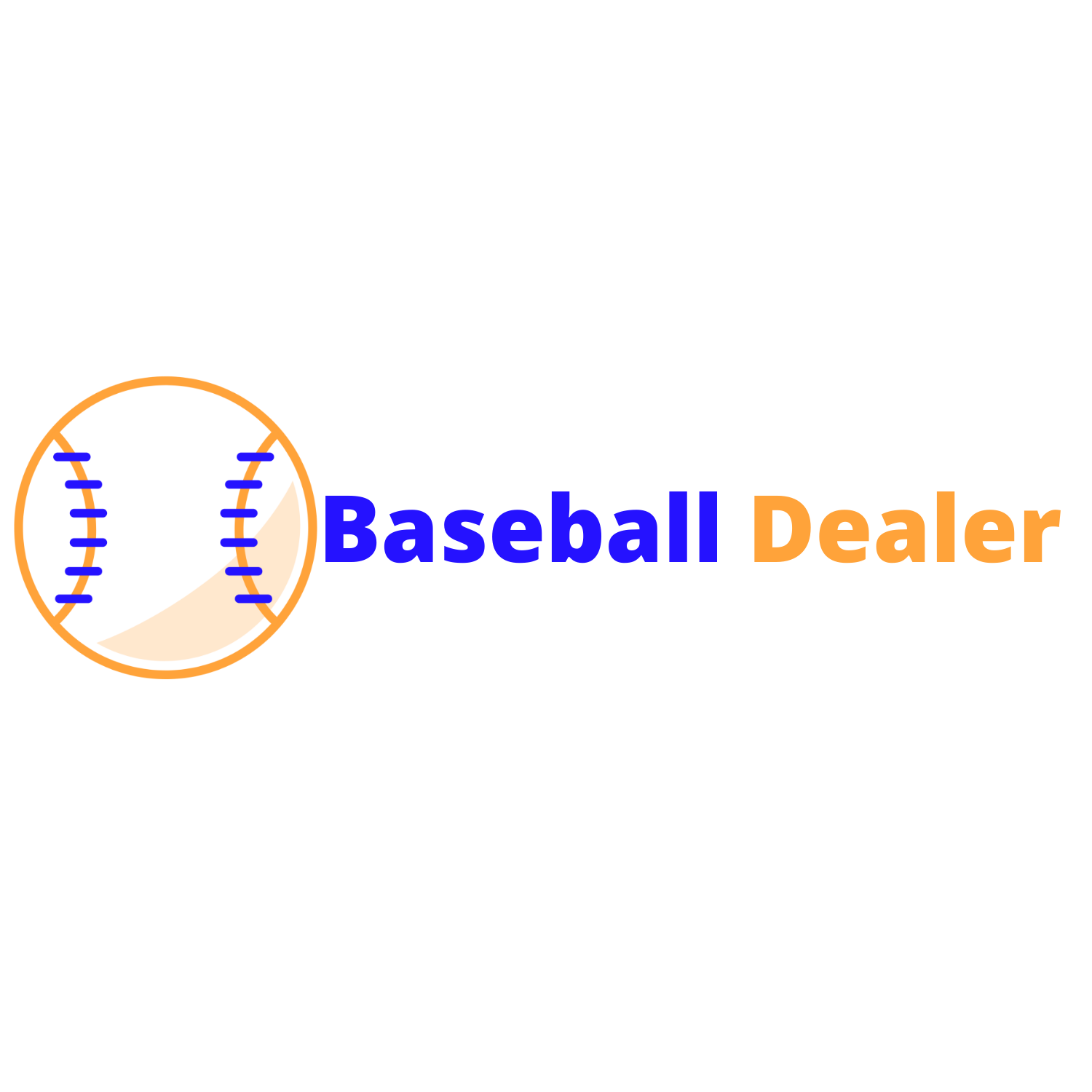Buying Guide
Amazon.com Baseball and Softball Glove Guide
Playing the Field
Baseball and softball gloves are specially designed to suit the needs of a given field position, with each style of glove boasting unique features to strengthen a player’s performance at his or her position. The following is a brief summary of each glove’s characteristics:
- Catcher: No finger channels, with heavy palm padding and overall reinforcements to reduce the sting of repeatedly catching pitchers’ throws
- First Base: Also lacks finger channels, but with less padding that a catcher’s mitt, with added length to help catch infield throws and shallow pocket, enabling quick ball retrieval
- Infield: Five-fingered glove has shallow pocket for fast ball retrieval, with nine- to 10-inch youth sizes and 10.5- to 11.5-inch adult sizes, and softball infield gloves having a deeper pocket to accept the larger ball
- Second base players require smaller gloves to balance control with the need to make quick throws
- Shortstops use a mid-sized glove for ground balls and quick throws
- Third base players need a larger glove for maximum catching power
- Outfield: Glove is longer to provide extended reach, with a deep pocket to handle high-lofting balls, and sizes range from 12 inches and up for adults and 11 inches for youth players
- Softball Gloves: The characteristics, by position, of softball gloves are typically similar to their baseball counterparts, with softball gloves having more length and deeper pockets to handle the larger ball
Anatomy of a Glove
Gloves are designed to perform a relatively simple task–catch a ball. The quality of materials and craftsmanship that can go into a building a glove, then again, can be surprising. Below is an overview of a glove’s components and how each helps optimize your defensive game:
- Pocket: Pocket depth is determined by player position, with shallower pockets helping infielders quickly retrieve and throw the ball, and outfielders’ pocket depth aiding in capturing a ball on the fly. Softball players also need deeper pockets to catch the larger ball.
- Webbing: The preferred webbing pattern is partly determined by field position and partly by player preference. Generally, open webbing helps infielders quickly retrieve the ball, closed or tightly woven webbing gives outfielders and third basemen extra give a boost to, and closed webbing allows pitchers to hide the ball from the batter.
- Backs: The back of a glove, or the part that goes across the top of your hand, can either be closed or open, which is largely a matter of player preference. Some infielders find an open back to be more flexible and forgiving, at the same time as outfielders may like a closed back with finger hole for added give a boost to.
- Wrist Adjustment: Some gloves include fit systems, or wrist adjustments, to help keep the glove tightly affixed to a player’s hand. The preferred closures are buckles, D-rings, lacing, and Velcro.
- Padding: How padded a glove’s pocket is depends on position, with catcher being the most heavily padded. In recent years, many manufacturers have begun to add padding to other position gloves to reduce “palm shock.”
- Materials: By and large, gloves are constructed using one of three materials–leather, treated leather, or synthetic–with the differences on the subject of feel and durability.
- Leather: Most high-end gloves are made of leather, which offers optimal feel and durability, with leather quality being a significant cost driver
- Treated Leather: Leather material is softened and strengthened right through production for quicker break-in, better durability, and lower maintenance
- Synthetic: A lower-cost alternative to leather that offers reduced durability and responsiveness, and is a good option for beginning players
Fits Like a…
As mentioned above, age and position are the most significant factors in selecting a proper glove size. Outfielders need larger gloves with deeper pockets for maximum “catchability,” at the same time as infield gloves are smaller and have shallower pockets for optimal control and speedy ball removal. Some pitchers opt for infield gloves that are slightly larger than standard, yet small and shallow enough for rapid fielding and throwing. Most younger players will benefit from youth-sized gloves that help with control, and it’s a good idea to withstand the temptation to buy a larger glove the child will grow into.
The tables below offer a general guideline for proper glove size by sport, position, and age.
| Baseball Glove Size |
| Age |
Position |
Glove Size |
| Under 8 |
Infield |
9″ |
| Under 8 |
Outfield |
11″ |
| 9-13 |
Infield |
9-10″ |
| 9-13 |
Outfield |
11-12″ |
| 13 and older |
Infield |
10.5-11.5″ |
| 13 and older |
Outfield |
12-12.75″ |
| Softball Glove Size |
| Age |
Position |
Glove Size |
| 6 and under |
All |
9-10″ |
| 7-9 |
All |
10-11.5″ |
| 10-14 |
Infield |
11.5-12.5″ |
| 10-14 |
Outfield |
12-13″ |
| 15 and older |
Infield |
12-13″ |
| 15 and older |
Outfield |
12.5-14″ |















There are no reviews yet.